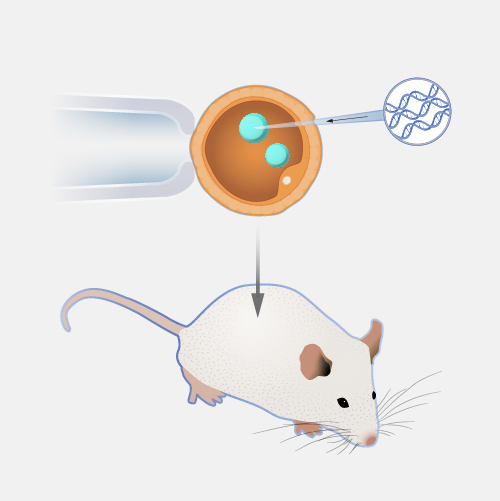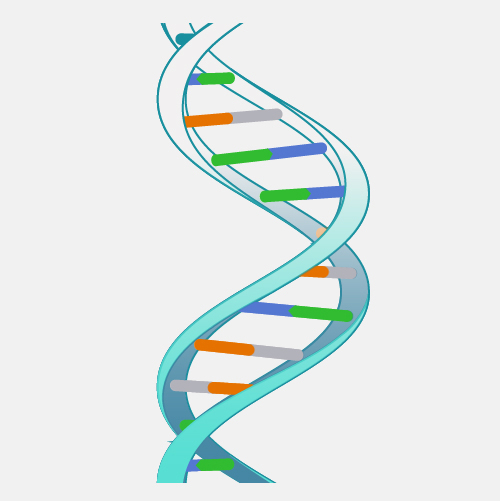Zebrafish
Definition
The zebrafish is a member of the minnow family of fish. The zebrafish is a model organism used to study the development of vertebrates. In this regard, zebrafish are useful because the embryo is transparent, it develops outside of its mother, and its development from eggs to larvae happens in just three days.

Narration
Zebrafish is a relatively new model organism, new kid on the block, if you will. It came into awareness in the scientific community, at least for geneticists, roughly around 1981 when the late George Streisinger, looking for a new genetic organism to study, picked up a couple of zebrafish at the local pet store and started to do a few experiments with them. They have a lot of advantages that are attractive to scientists, one of them being that they are in fact quite cheap to buy, which is always a consideration. They're very hearty organisms. They're easy to take care of. They're not very susceptible to disease. And they breed very, very well. Often a single fish can give you somewhere between 20 and 200 offspring in a single breeding, which is for geneticists just absolutely great. The other main advantage, and this is what makes the developmental biologists in the audience get very excited, is that these guys are essentially clear for the first few days of development, and they develop incredibly fast. So from a single cell the day they're born, they will have a head, and a tail, and a beating heart within 24 hours. By 72 hours their brains are working, and fins and trunk are twitching, and by five days old they are swimming around and they're hunting and they're fully viable organisms. This is perfect essentially for both geneticists and developmental biologists in terms of studying early development and using sort of a high throughput or large-scale genetics to do it.




